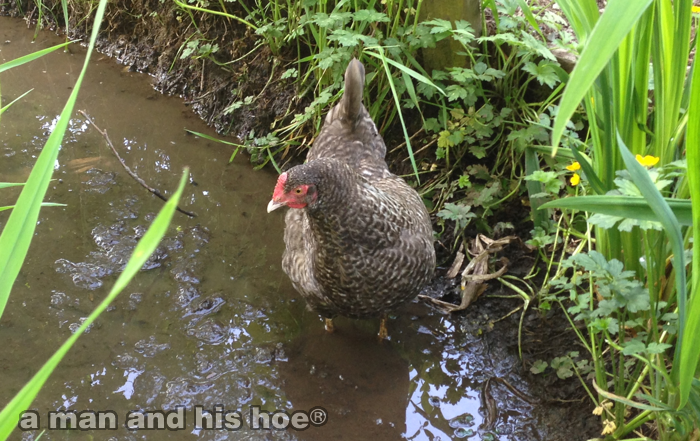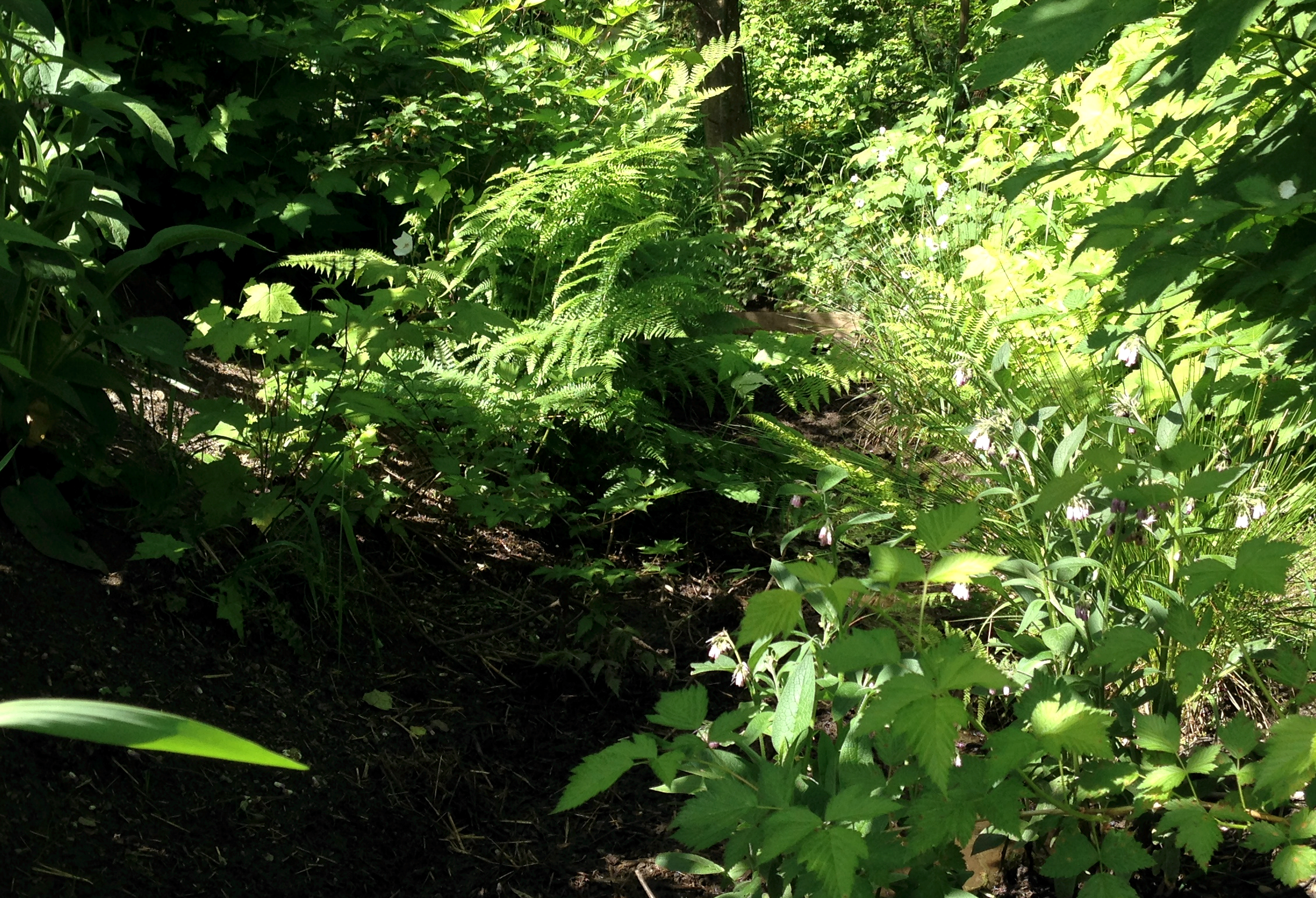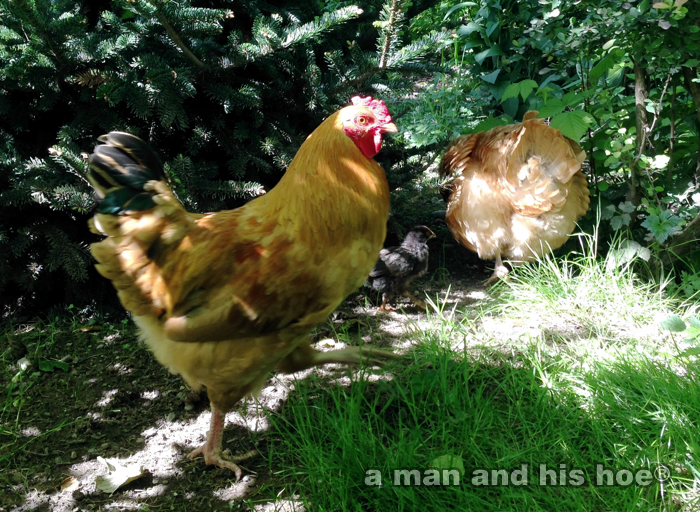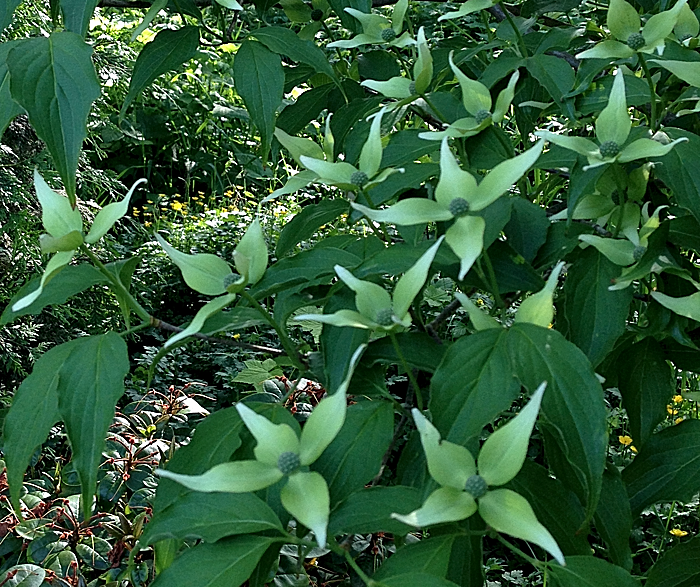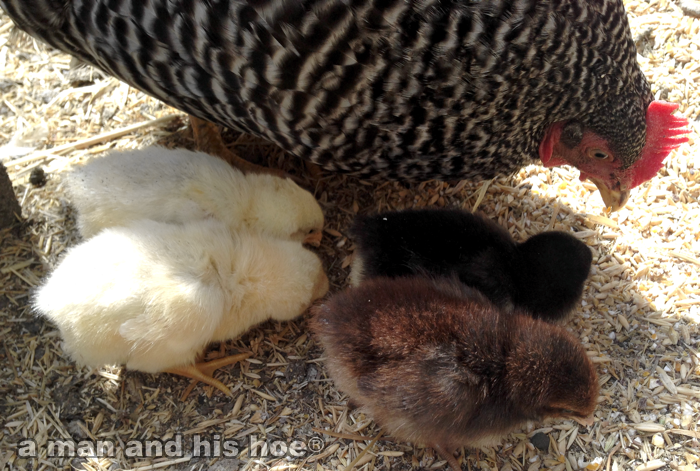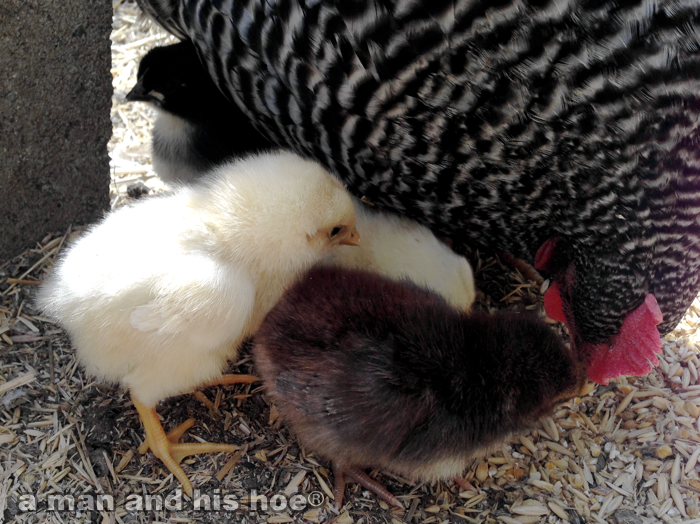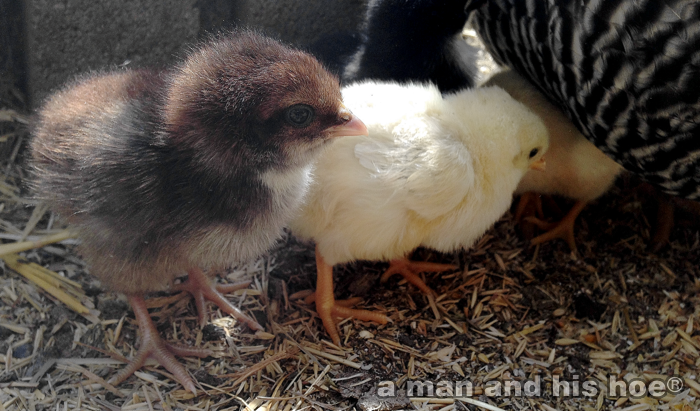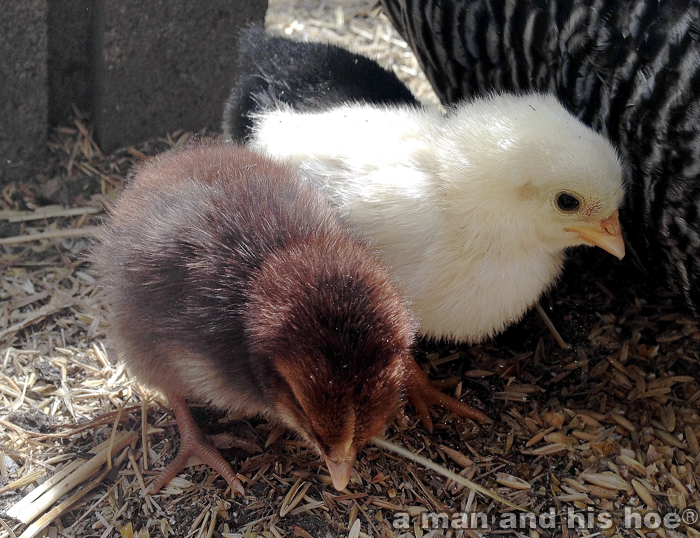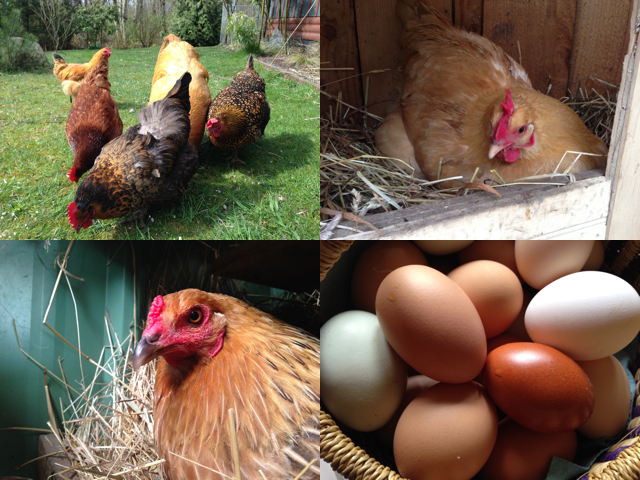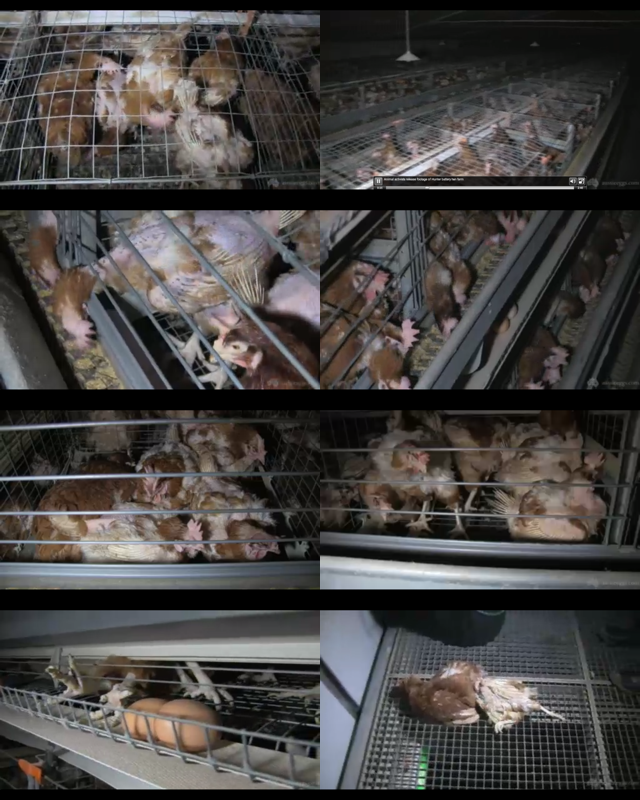Julia Scott wrote an interesting article in the New York Times today about her My No-Soap, No-Shampoo, Bacteria-Rich Hygiene Experiment. She took part in an experiment done by AOBiome, a biotech start-up in Cambridge, MA. The firm is developing a living bacterial skin tonic.
The premise behind the tonic is that humans don’t need to shower or bathe or wash their hair. In fact, “the M.I.T.-trained chemical engineer who invented AO+ has not showered for the past 12 years.” Instead, what we need to do is to restore the right balance of bacteria living on our skin and hair, and let the bacteria keep us clean. According to Julia Scott:
The tonic looks, feels and tastes like water, but each spray bottle of AO+ Refreshing Cosmetic Mist contains billions of cultivated Nitrosomonas eutropha, an ammonia-oxidizing bacteria (AOB) that is most commonly found in dirt and untreated water. AOBiome scientists hypothesize that it once lived happily on us too — before we started washing it away with soap and shampoo — acting as a built-in cleanser, deodorant, anti-inflammatory and immune booster by feeding on the ammonia in our sweat and converting it into nitrite and nitric oxide.
In the experiment, Julia Scott spent four weeks without taking a shower with soap. Her showers were limited to three minute rinses with water, no soap or shampoo. Instead, she misted herself with the water containing Nitrosomonas eutropha before she left her house and when she returned.
Even though her hair did darken and become more oily, her skin changed for the better. As she describes is, “It actually became softer and smoother, rather than dry and flaky, as though a sauna’s worth of humidity had penetrated my winter-hardened shell. And my complexion, prone to hormone-related breakouts, was clear.”
During the experiments, AOBiome was taking a swab of her skin every week to monitor the changes in her microbial community. Though her swabs showed that her bacterial community was similar to that of the majority of Americans’, by week 2 the swab also “showed hundreds of unknown bacterial strains that simply haven’t been classified yet.”
After the four week experiment was over, it took just a few, short showers using shampoo and soap for her to destroy all the Nitrosomonas eutropha she had cultivated on her body during the four week experiment.
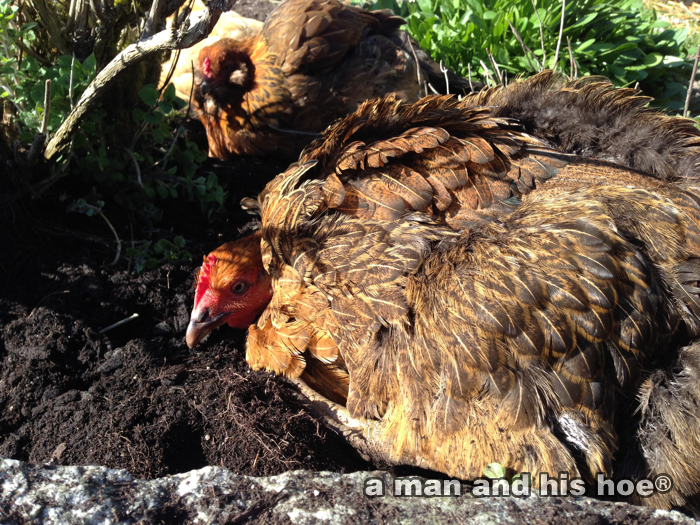
Maybe the chickens are on to something with their dirt baths.
